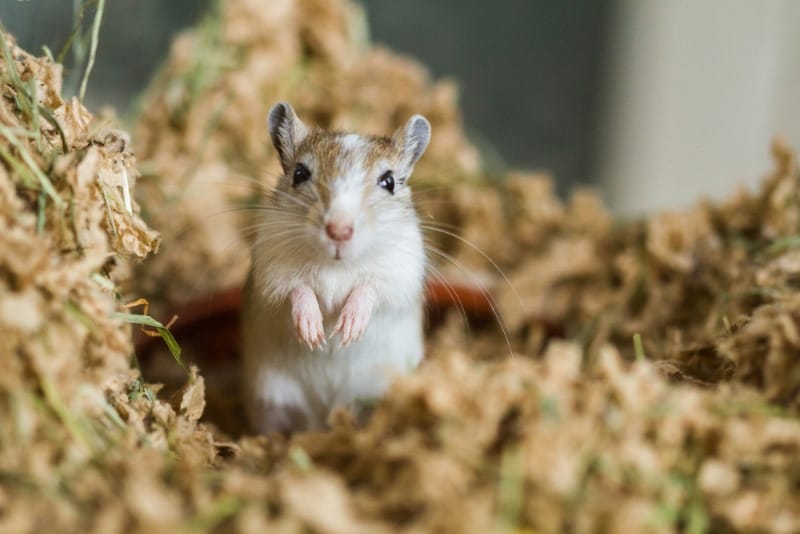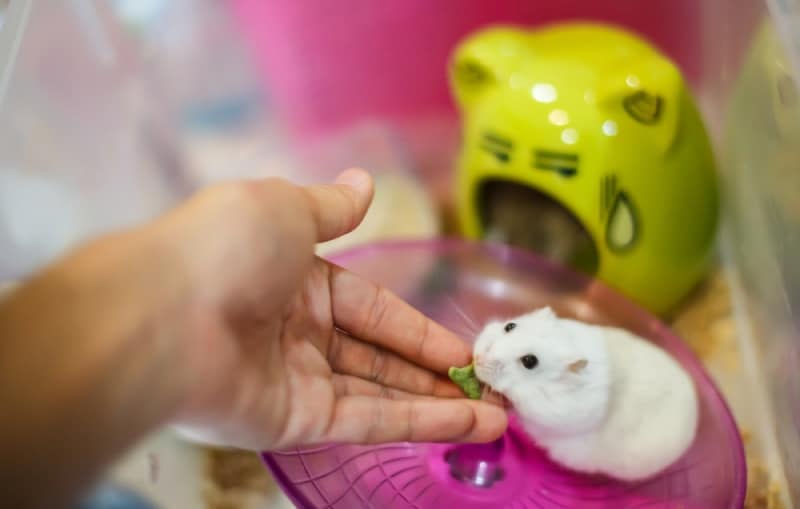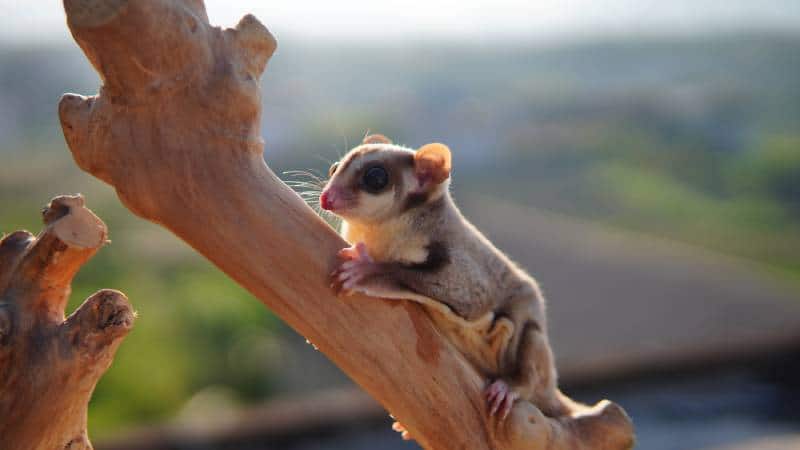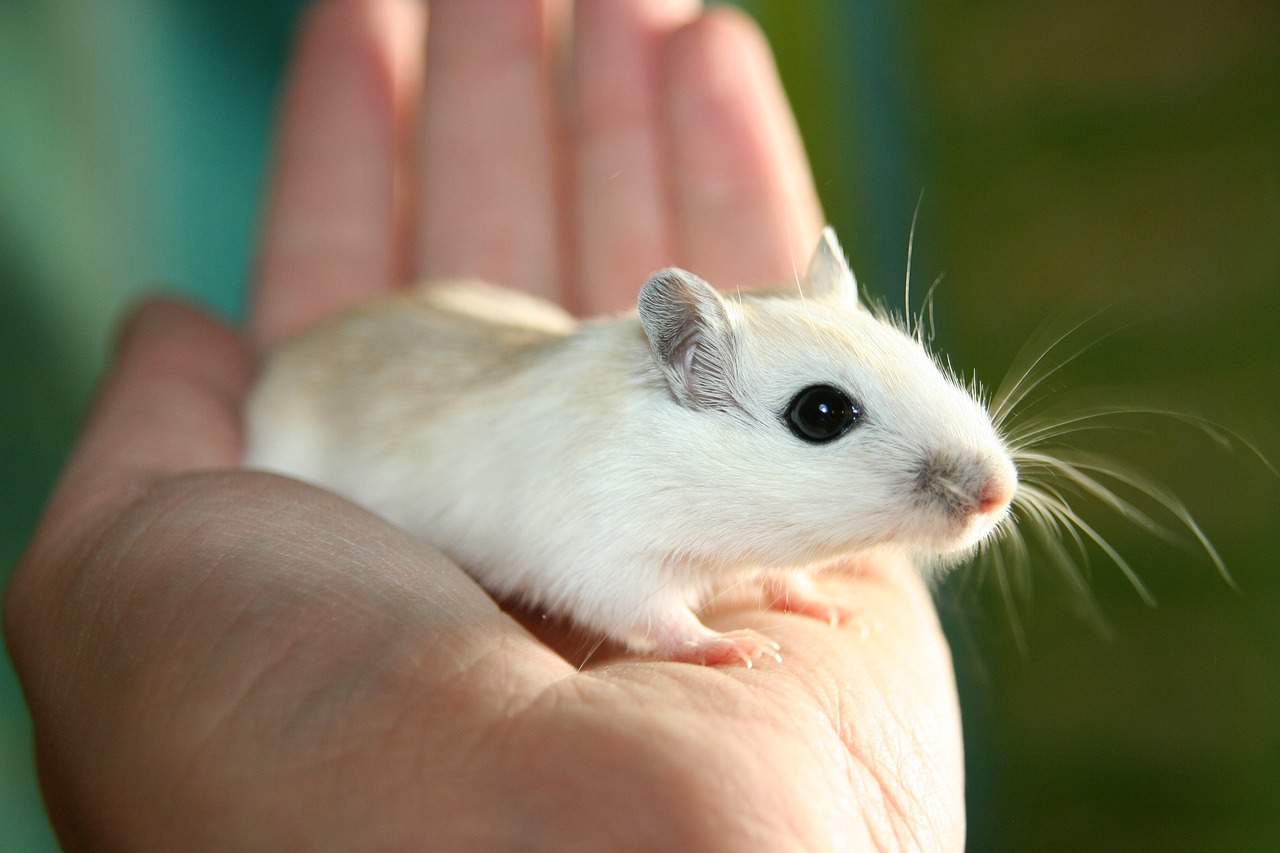Guide to a Happy Healthy Small Animal!
Learn about your Small Animal Pet, and make the most of your enjoyment with it by providing what it needs to be happy, healthy and fun!
Basic information on caring for Rabbits, Hamsters, Guinea Pigs, Rats, Mice, and the exotics like Chinchillas, Ferrets, Gerbils, Hedgehogs, Ringtail Possums, Short Tailed Opossums, Sugargliders, Squirrels, Racoons, Prairie Dogs, and more!
Not all small animals are legal to have as pets in all states, but you should be able to find a super small animal pet wherever you live.
| Basic Small Animal Care Contents: | Care By Family: | |
|---|---|---|
| Learn more about each type of Small Animal: | |
Why Small Animals Make Good Pets!
Small animals make super pets because they are so much fun, generally very playful and can be so lovable!
All small animals are not the same, however. Some are calmer and easier for a small child to hold, while others are frisky and take more attention.
The housing and feeding requirements are unique to each animal, just as each animal is unique.
Take a little time to learn about the pet that is right for you. Find out what your pet needs and how to take care of it. Your reward will be a very happy pet and you will have a great friend.

Housing Requirements
Cage, Hutch or Habitat
A cage, hutch or habitat needs to suit the pet your putting in it. That means the right size and the right accessories. A full size bunny needs a much bigger home than a dwarf bunny. A mouse can live in a much smaller cage than a guinea pig. A wire cage needs to have small spacing so that your pet animal cannot get its head through it. If the cage has a wire bottom, the spacing needs to be small enough so that the animals feet cannot slip through it, too.
The cage needs to have a spot for your pet to sleep, a place for his food, water and treat dishes, and some space to play and run around. If your pet is out of its cage during the day to play and excercise, the cage can be smaller to accommodate just a sleeping place, food and water.
Make sure your cage is escape proof. Some small animals are escape artists! Chewing holes through plastic or biting through soft wire can happen, so check your cage regularly. Escaped pets are very vulnerable and can get hurt or killed when they are on their own.
Litter or bedding
Litter or bedding is needed for most cages. It absorbs waste and can help eliminate odors. Some small animals like to burrow into their bedding and make a nest to sleep in.
Not all beddings are appropriate for all animals. There are lots of different beddings and litters on the market. Why? Because there many different types of small animals. Be sure to read the care section for your particular pet to see what beddings are appropriate to use for it. Only use safe bedding for your pet!
Some litters may cause your pet to sneeze and develop respiratory problems or skin irritations. For example, the use of pine and cedar beddings for rodents such as mice, rats, and guinea pigs is not recommended. Keep in mind that If your pet is susceptible to these problems or has other problems, then you need to change beddings until you find a type that works well.
Types of beddings available include various wood shavings such as pine, cedar, and aspen, recycled wood products and man-made pelleted products, newspaper products, spagumn moss, corn cob, walnut shell and clay cat litter.
Nest box or sleeping hut
A nestbox or sleeping hut is often appreciated although not always absolutely necessary. Many small animals are nocturnal. That means they like to sleep during the day and run around at night. A hut can help your pet feel more comfortable during the sunlight hours while it is sleeping.
Dishes for food and treats
Dishes for food and treats should be solid crocks with straight sides. They can be either ceramic or hard plastic. Other types and shapes of dishes can cause problems. Round bowls will tip over and spill easily. Lightweight dog dishes that are not solid can trap small animals when they burrow underneath and this can kill them. Water should be put into a water bottle that is mounted on the side of the cage, either inside or outside. Bowls can be used, but often small animals will foul the water so it must be changed all the time. A water bottle usually works out alot better and only needs to be refilled daily. Do watch that your pet does not run out of water, or it may chew up your bottle!

Foods and Feeding
Feed and water daily
Small animals should be fed and watered everyday. Their feeding requirements vary depending on the pet. Each pet has their own food mix and that is what they should be fed.
Generally one type of small animal food cannot be substituted for another type, or the wrong type of animal food for very long without causing problems!
For example, guinea pigs cannot be sustained on rabbit pellets because they won’t get enough vitamin C and can develop scurvy. They must be fed guinea pig pellets.
Another example is feeding mice and rats only a hamster mix. They can develop skin problems because it is too rich in seeds for their dietary requirements.
Fresh fruits and Vegetables
Fresh fruits and vegetables such as, apples, romaine lettuce, and oranges are great extras for may small animals and help to balance their diets. Always rinse these foods before you offer them to remove any insecticides or other chemicals. These tidbits should also be removed after afew hours before they start to go bad or sooner if your pet loses interest in them.
Not all small animals should be given fruits and vegetables or should only be given them occasionally. Learn more about your small animal pet and what types of foods are safe for it to have.
Treats
Treats are a great and fun way to interact with your pet. There are all sorts of bars, wafers, chews, drops and mixes available as treats. Be especially careful not to overfeed treats. Look at the size of your pet and give him what would be about the same size to him as a couple of oranges would be to you. Keep the treats to less than about 10% or 20% of your pets total diet.
Be careful to feed the right types of treats to your small animal pet. For example, hamster treats are for hamsters but not for bunnies.

Exercise and Activities
Gnawing
Gnawing is a favorite activity for lots of small animals. There are vegetable flavored or plain wood chew toys in a variety of shapes, colors and sizes available, as well as hard alfalfa cubes. Some pets like bunnies, guinea pigs and chincillas, must chew. Their teeth keep growing just like your hair and fingernails do. Gnawing is how they keep their teeth trimmed. With trim teeth they can keep chewing their food. If they don’t have chew toys they will chew on their food bowls and even on their cages.
Scampering Around
Scampering around is another favorite activity for most small animals, especially hamsters and mice. No matter when they like to run around, an excercise wheel or a variation of the wheel, a spinning disc, is a great choice for smaller pets. Another variation of the excercise wheel is an excercise ball. Your pet can climb into the ball and roll around the floor or on specially made tracks. Your pet can overexert itself, so don’t keep it in the ball for more than 15 or 20 minutes at a time.
Burrowing and Tunneling
Burrowing and tunneling are natural activities for many small animals and some, such as the ferret, are very curious. Great toys for these activities are funnels and hiding places. Generally you can find them made of plastic, wood, hemp or rope. They come in many colors, shapes and sizes.
Some small animals, such as ferrets, sugar gliders and rats like to climb on limbs. Climbing branches, bird perches and bird swings work well. They may get chewed up, but that’s part of your pet’s play, too!
Harnesses and leads
Harnesses and leads work well with small animals that you want to take outside. They allow you to keep your pet from getting away from you and from getting into things. Most harnesses can be adjusted to fit the size of animal that you have. Some bunnies, ferrets and guinea pigs can even be harness trained when they are young.
Some animals are simply too small or just get too wild to deal with a harness,
while others will do really great.

Do’s
Be sure to feed and water your pet small animal everyday. Check it’s cage for chewed or damaged areas. Remove any old foods and check the toys to be sure they are still working and in good condition.
Keeping your pet safe and well cared for can give both you and your pet a long and happy experience!
Don’ts
Be sure to pick a small animal that you feel will fit you. If you know a small animals characteristics, you can get the pet that is right for you. Take a little time to find out before you buy.
Featured Image Credit: auenleben, Pixabay
